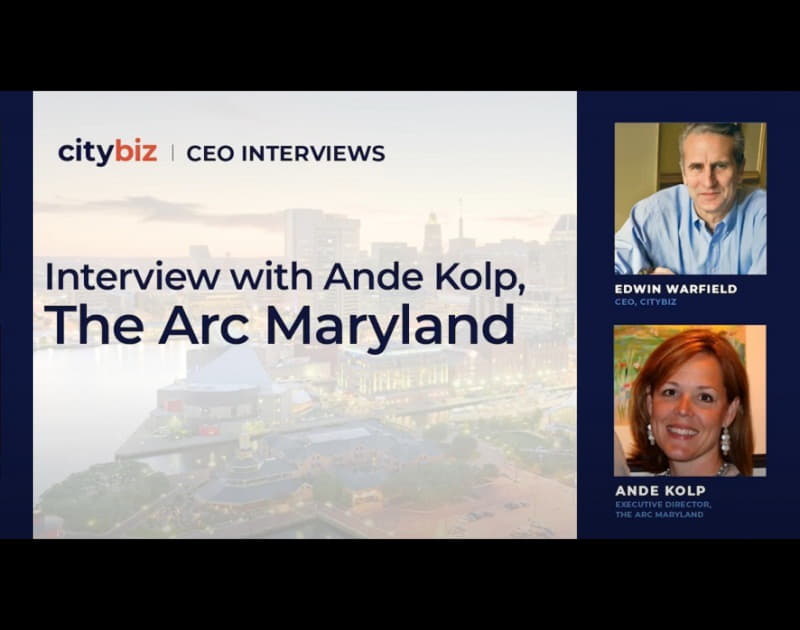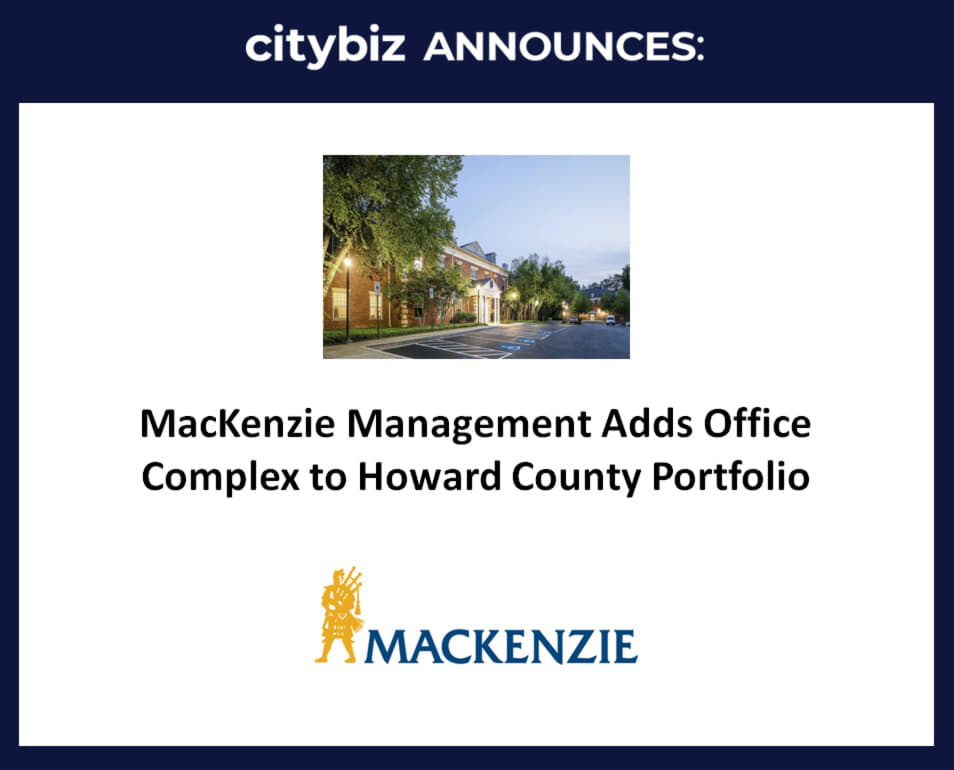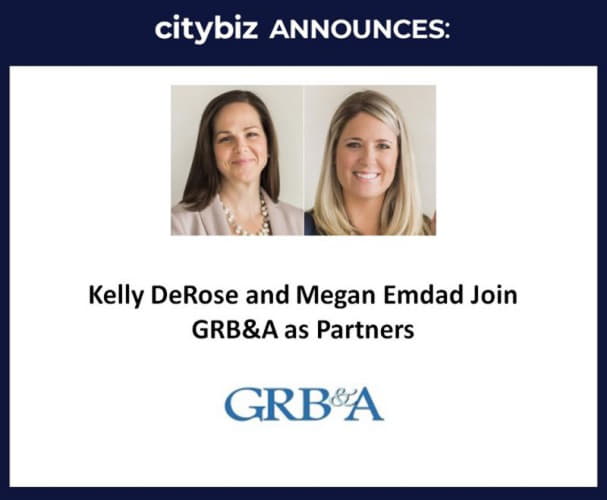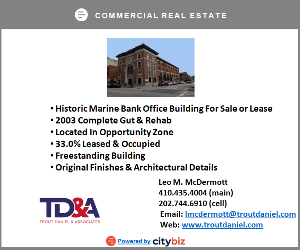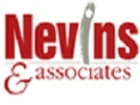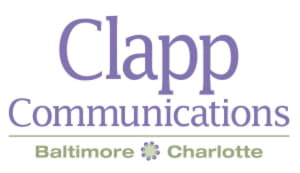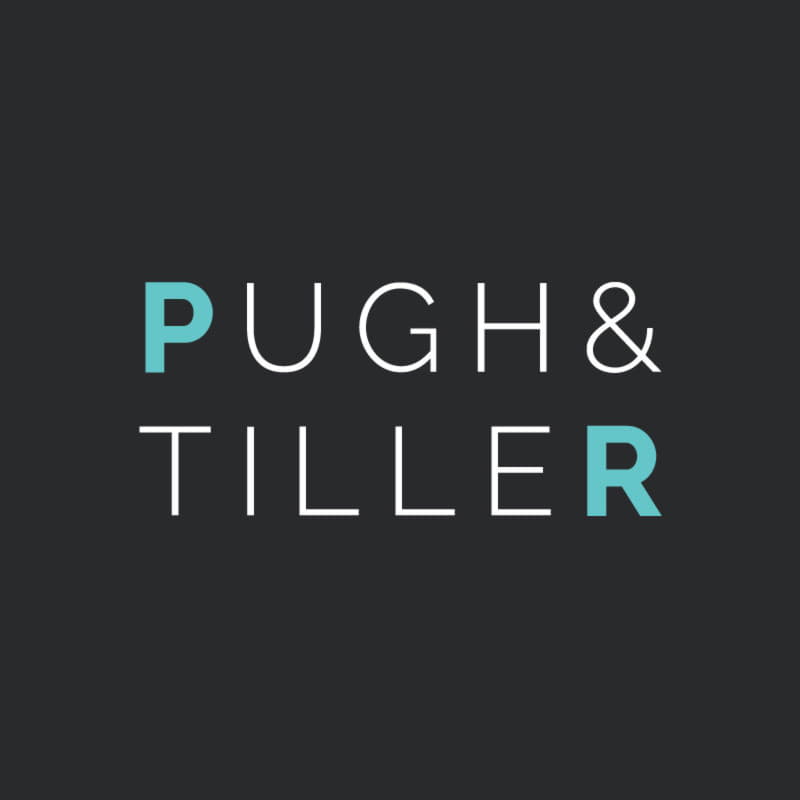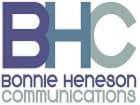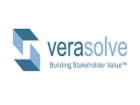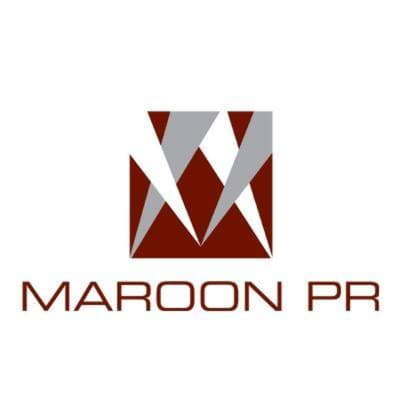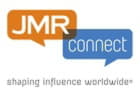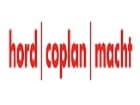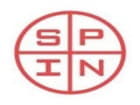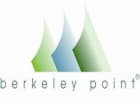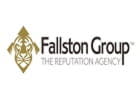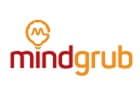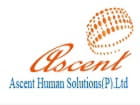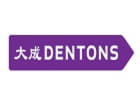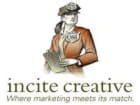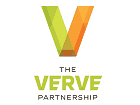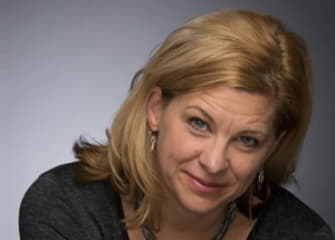
Kelly Ennis
Click here for Part I & Part III
Design and strategy built around people, place, and brand identity
Kelly Ennis is the founder and managing principal of the Verve Partnership, a design and strategy firm based in Baltimore. With an emphasis on people, organizational culture, and brand identity, the Verve Partnership creates spaces that inspire success and are imbued with creative energy. The company has designed interiors for buildings used by clients such as Spark, Betamore, Penn Mutual Life, the University of Maryland, Volunteers of America, and numerous others.
EDWIN WARFIELD: How do you go about designing a coworking space like Betamore, which is characterized by its permeability—the way people can easily move in and out of shared and private working environments?
KELLY ENNIS: The aspect of permeability in the built environment is really about the ebb and the flow of how people behave and react in space. Coworking spaces are very intentional from the standpoint that they have many different types of settings: you have a space for collaboration; you have a space to be quiet; you have a space to do individual work; you have a space to be highly social, highly engaged, and highly collaborative; but it’s the transparency of all of those different types of spaces that flow seamlessly, not only through the built environment but through the business plan and the message of the coworking facility that you’re working in and with.
A lot of things that are informing that we’re calling “the social spaces movement” in professional services firms and the more corporate environments are being fuelled by two generations coming into the workforce: both the millennial and the Z generation. Their entire upbringing has really been about social transparencies and collaboration, all the way through K–12 and into higher education. And then coming into the workforce, that piece has been missing. That social collaboration has been missing in the workforce. Over the last three to five years, it’s gotten a lot better in the corporate environment, and now companies are starting to see the value of creating these spaces for people to engage socially, because when you can engage socially with someone, you can form a relationship with them, and out of relationships come trust. And with trust, comes higher dollar value.
Q. What trends are you seeing in interior design these days?
A. Definitely social spaces. That is a huge trend. I think we have to be careful of trends in any type of creative environment, because as soon as it becomes a trend then everybody is doing it, and just because it’s what everybody is doing does not mean it is going to be the right solution. It’s not the end-all-be-all, but social spaces are definitely a trend in the built environment.
Q. Are there projects you’re excited about in 2017?
A. We’re really excited about the opening of Beta City. That was a great event, and that relationship and that client, with both Sagamore and Betamore, with Jen [Meyer]’s team over there, is really just fantastic. We are doing a lot of really fantastic innovation in makerspace strategy projects at the moment with University of Maryland, Baltimore County and a furniture dealer here in town developing strategies for their upcoming space needs, which are really going to be fantastic. The strategies are the biggest piece for us because it really starts to define what they should be doing as organizations and what they could be doing as organizations. They’re not following trends—they’re creating their own path.
Q. Can you take us through a typical strategizing process?
A. Not all clients are average. What we start with is a visioning session. We deep-dive into a facilitated event—actually, we came from one this morning—where we deep dive into a set of questions that primarily focus around culture and brand—and when I say “brand,” I mean the actual messaging and the identity of the organization and the behaviors that come with a prescribed set of attributes and artifacts; that’s how we define brand in the built environment—and then overlay that with culture, and we overlay that with space. We do this through developing word lists. We facilitate through a lot of exercises. We create vision boards. And through distilling qualitative pieces that come out of a visioning session, we also overlay that with a survey. Our survey is focused around HR-oriented questions that drill down on how people work and the culture with which they are trying to create. Our surveys are not about space, and they are not about colors, and they are not about furniture. Our surveys are very strictly oriented with culture. When we overlay those two pieces of information—the survey and the hard data with the qualitative data from the visioning session—and we marry that, patterns start to emerge that start to define the built environment.
It’s about a six- to eight-week process to get through that, but what comes out of that is a very clear path and a very clear project statement that defines every single decision moving forward in the built environment. If you take for example Harkins, which was a very successful project that we completed towards the end of last year, we went through a visioning session that dictated how we planned their space, which then dictated the finishes, and it dictated the messaging and it dictated the furniture selections. Everything was very, very intentionally designed based off of information gathered during the visioning session and the survey data. What you wind up with is a space that is so strong, and so aligned, and so ingrained with the mission and the values of the organization. Harkins is just a fantastic example, and we are so excited for them. We predicted growth but not to the degree and the speed with which they were able to grow after they moved into their space. There are other factors; it’s not just the space—it’s the team, it’s the organization, and it is the complete buy-in of everybody involved and it dictates the process all the way through.
Connect with Kelly on LinkedIn
Sponsored by:
Founded in 1969, KatzAbosch is one of the largest CPA and business consulting services in the Mid-Atlantic region. Our mission is to provide the highest quality accounting, tax, financial and management consulting services to our clients. We understand the needs and challenges of our clients and we have made it our obligation to create, grow and protect asset value. The experts at KatzAbosch offer a full service solution while maintaining a tradition of ethics and incorporating the latest technology and unique business practices. Excellence in an industry often begins with how those closest to the company—its clients and employees—feel about it. For these individuals, KatzAbosch is a place where people and businesses excel and prosper. Our advisors can meet all of your service needs including; Audit & Accounting, Business Valuation & Litigation Support, Consulting, Estate Planning & Administration, Financial Institution Services, Forensic Accounting & Fraud Examinations, State and Local Tax (SALT), Taxes & Planning.


Edwin Warfield, CEO of citybizlist, conducts the CEO Interviews.
If you're interested in reaching CEOs, please contact edwin.warfield@citybuzz.co
Connect on LinkedIn



